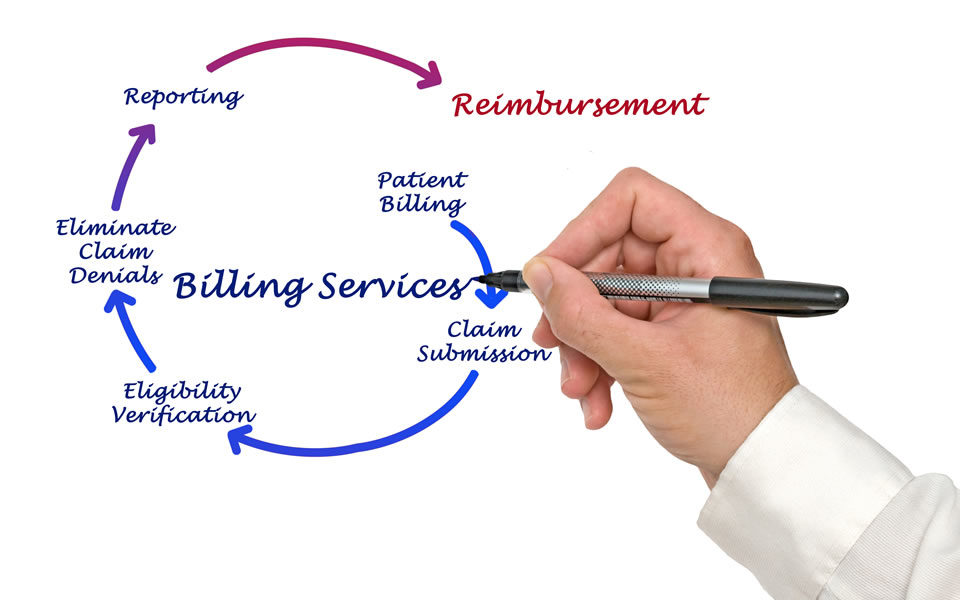Federal Medicare Reimbursement is Always Local
By Scott Manson, Managing Director, Advisory Services

Each year, the Centers for Medicare and Medicaid Services releases proposed rules with comment periods in the Federal Register, prior to implementing final rules with policy and reimbursement changes. This year, the proposed rules vary in length from 516 pages for the Fiscal Year (FY) 2021 Hospital Inpatient Prospective Payment System (PPS) proposed rule down to the 19 pages of the FY 2021 Hospice Payment Rate Update. The FY 2021 Inpatient Psychiatric Facility PPS, Skilled Nursing Facility PPS, and Home Health PPS proposed rules fall somewhere in between.
Despite being provider-specific information and of varying lengths, this year all of these proposed rules have one area of content in common: Changes to Core-Based Statistical Areas, or CBSAs. CBSAs are geographic areas defined by the United States Office of Management and Budget consisting of one or more counties anchored by an urban center, plus adjacent counties that are tied socioeconomically to the urban center via commuting. Every county in the United States and its territories is either part of a CBSA or designated a rural area.
Medicare payment for many providers is determined, at least in part, by the CBSA designation where the service is provided. The labor portion of provider rates is adjusted geographically using a distinct wage index for each CBSA or rural area designation. In the proposed rules mentioned above, 34 counties previously urban designated are proposed to change to rural designation; 47 previously designated rural counties are proposed to change to urban designations; and 31 counties are proposed to change their name or CBSA.
Reimbursement Rates
Many providers focus on the top line proposed reimbursement changes when they budget. The 2021 Home Health Proposed Rule includes a $540 Million or 2.6% increase in provider payments.
A provider of home health services in Walker County, Alabama, for example, is currently reimbursed under the Birmingham-Hoover CBSA. A 30-day episode of home health resource group 2IC21 currently pays $2,518.72, using the FY 2020 rates. In the proposed rule, Walker County, Alabama, is scheduled to change to the rural Alabama designation. Currently, neighboring rural Winston County, Alabama, is reimbursed $2,256.79 for a 2IC21 payment category, or 10.4% less. The proposed FY 2021 2.6% increase would offset some but not all of the CBSA change decrease. Final FY 2021 wage indices and rates will be different than the FY 2020 amounts above.
Other provider types may face similar challenges. DeWitt County, Illinois, is currently part of the Bloomington, Illinois, CBSA classification and is proposed to change to Rural Illinois designation. A skilled nursing facility in DeWitt County is currently reimbursed at $1,046.62 per day for payment category CIOB1, using FY 2020 rates. The same payment category at the rural Illinois rate is $984.64, or a 5.9% decrease.
The wage index system is budget–neutral, so there are also potential rate increases. Madison County, Virginia, is currently part of the rural Virginia designation. Under the proposed rule, it would become part of the Washington-Arlington-Alexandria CBSA. A hospice providing services in Madison County is currently reimbursed at $167.77 per day for routine home care days 1-60, using FY 2020 rates. A hospice providing services in Arlington County, Virginia, part of the Washington-Arlington-Alexandria CBSA, is reimbursed $197.13 per day for routine home care days 1-60, or an increase of 17.5%.


















